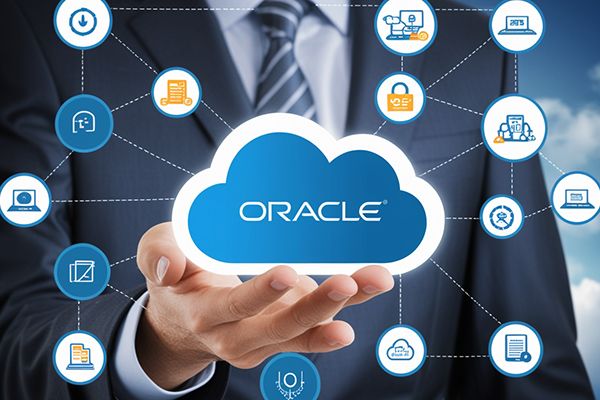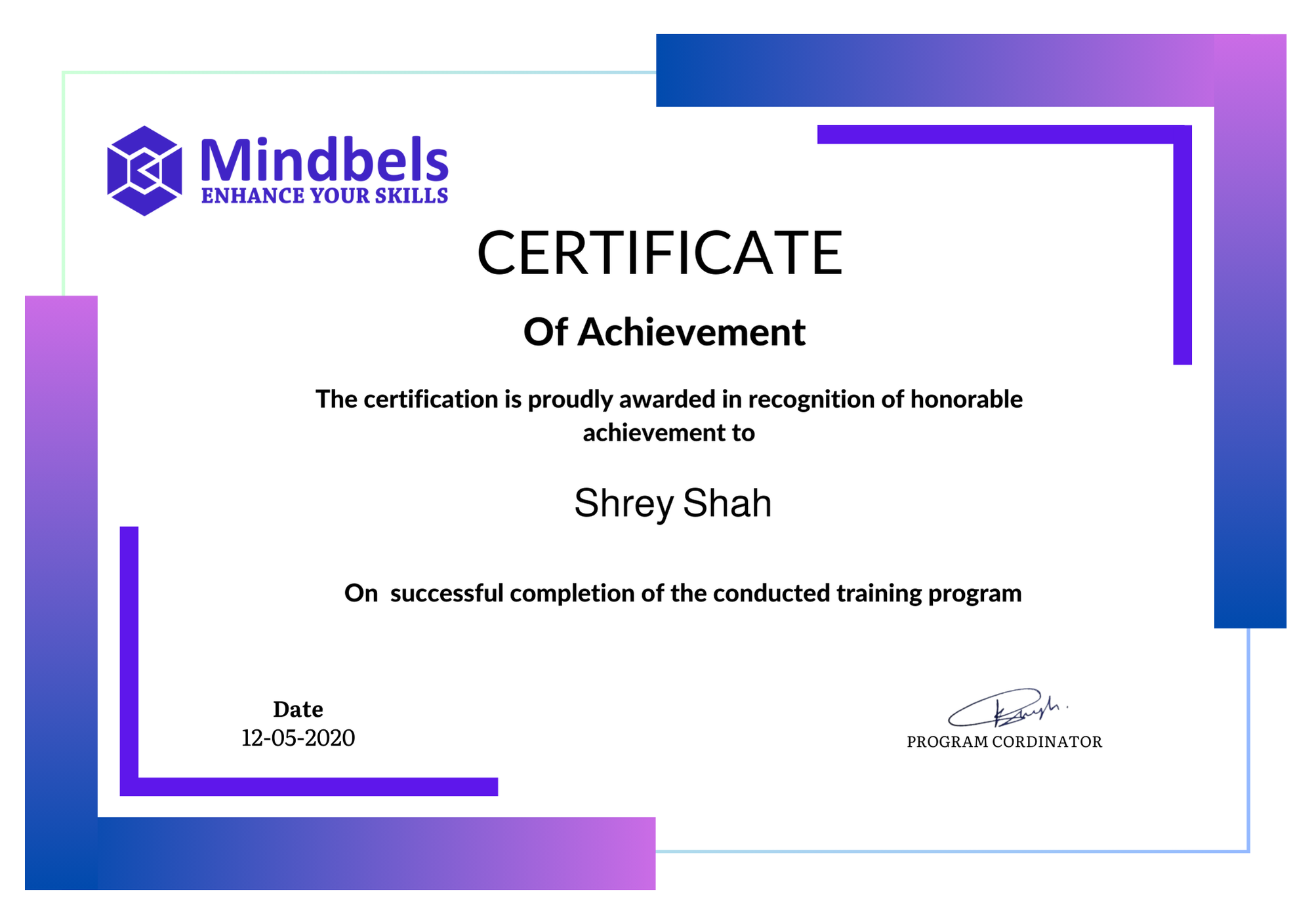Oracle Revenue Management and Billing Training Overview
This training covers the architecture and functionality of Oracle ORMB, with a focus on billing configuration, revenue recognition, invoicing, and integration. Participants will gain practical knowledge through hands-on labs, real-world use cases, and guided configuration exercises. The course prepares you for implementing, configuring, and managing ORMB in enterprise environments.
Why Oracle Revenue Management and Billing?
-
Industry-leading platform for complex billing and revenue management
-
Widely used in banking, healthcare, insurance, and utilities
-
Supports regulatory compliance, dynamic pricing, and revenue recognition
-
High demand for skilled ORMB professionals across industries
-
Enhances both technical and domain expertise in enterprise billing
What You Will Learn
-
ORMB architecture, components, and data model
-
Customer, account, and contract management
-
Configuring billing rules, pricing, and billing cycles
-
Revenue recognition and financial adjustments
-
Event generation and transaction processing
-
Integration with third-party systems and Oracle Financials
-
Reporting, auditing, and compliance tools
Prerequisites
-
Basic understanding of billing, revenue cycles, or financial systems
-
Familiarity with SQL, relational databases, or enterprise systems (preferred)
-
No prior experience with Oracle ORMB is required
Course Curriculum
• What is Oracle Revenue Management and Billing
• ORMB functional offerings and benefits
• Overview of integrated product layers
• System administration fundamentals
• Logging in and navigating the application
• Menu bar and page structure
• Portals vs. fixed pages
• Usability conventions and personalization
• Portal preferences and customization
• ORMB architecture and four-tier platform overview
• Business rules and metadata structure
• Table and field definitions
• XML extensions and language tables
• Application viewer and maintenance object (MO) definition
• Prime keys and UI behavior
• Managing customer, person, and account information
• Customer security and division-level access
• Contract types and their control behavior
• Building and managing customer hierarchies
• Invoice grouping and hierarchy-based billing
• Product types and their configurations
• Creating and managing products
• Product parameters and relationships
• Bundles and product grouping
• Product lifecycle and maintenance strategies
• Understanding rate components
• Common configuration across rate types
• Service quantity rate setup
• Managing rate versions
• Bill factor structure and usage
• Pricing assignment and data relationships
• Multi-parameter vs. variance-based pricing
• Tiering criteria and pricing inheritance
• Defining rates and managing price lists
• Different pricing strategies and use cases
• Calculated vs. manual adjustments
• Financial transaction (FT) construction
• Bill printing and A/P interface
• Adjustment lifecycle and credit handling
• Inter/intra account transfers
• Adjustment staging and control process
• Billing process flow in ORMB
• Billable charges: recurring and non-recurring
• Bill segment lifecycle and cancellation/rebill
• Understanding the accounting calendar
• Entity relationship diagram (ERD) overview for billing
• TFM setup and configuration overview
• Transaction aggregation rules
• Record type and transaction source setup
• TFM processing and validation steps
• Account/product derivation and disaggregation
• Rate transaction and price assignment
• Bill and payment segment FTs
• FT source and financial history tracking
• FT algorithms and general ledger interactions
• FX gain/loss processing
• Overview of balance control concepts
• Core payment concepts (payer/payee structure)
• Payment event lifecycle and ERD
• Allocation, entry, and transfer processes
• Payment distribution algorithms
• Handling partial payments and overpayments
• Understanding overdue processing caveats
• Overdue monitor and rules
• Templates for overdue processes
• Event activation and cancellation lifecycle
• Waiting summary and unpaid amount handling
• To Do list and summary functionality
• Role assignment and permissions
• Special message handling and alerts
• Batch processing and related To Dos
• To Do entry lifecycle and ERD
• Creating and managing log entries
• Defining case types and responsibilities
• Person/account/location applicability
• Managing case lifecycle and business objects
• Status-dependent scripting and workflows
• Refund concepts and request lifecycle
• Approval profiles and request types
• Write-off configuration and processing
• Business rules for financial reversals



